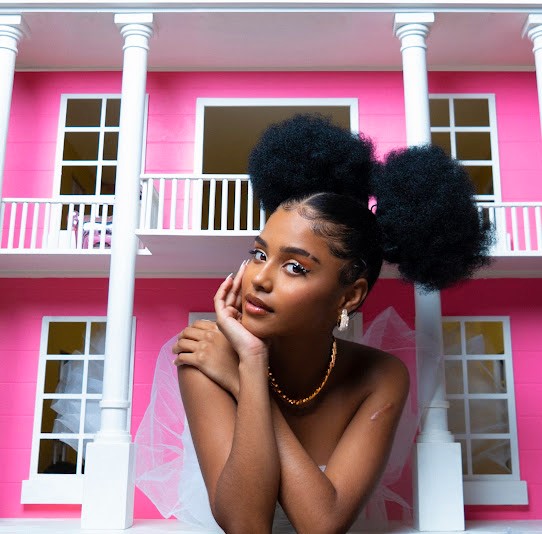In the world of online debates, Tyla, the rising star from Johannesburg, South Africa, is at the center of a heated discussion about her ethnic classification as “coloured.” Let’s dive into the historical background of this term, its impact on both the South African and Black American communities, and why it’s crucial to recognize the power of language in shaping our perceptions.
Tyla, a 21-year-old singer gaining popularity with her hit “Water,” hails from a diverse background, including Indian, Zulu, Mauritian, and Irish heritage. However, the term “coloured” has sparked a global debate, especially when it comes to how different cultures understand and use it.
During South Africa’s apartheid era, “coloured” was used to categorize people of mixed race. This term carried social, cultural, and political implications, often reinforcing divisions within society. In the United States, similar terms like “colored” and “negro” were once commonplace but evolved into the more inclusive term “black” by the 1960s.
The online discourse surrounding Tyla has also drawn comparisons to Latto’s name change from “Mulatto” in 2021 due to its controversial roots. This highlights the evolving nature of language and its sensitivity to societal changes.
Some argue that in South Africa, using “coloured” is a cultural norm, and individuals shouldn’t have to change their references to please others. On the flip side, some in the U.S. prefer terms like “mixed” or “biracial,” emphasizing the importance of understanding and respecting diverse linguistic perspectives.
It’s important to note that Tyla herself hasn’t directly addressed the debate. Her music, influenced by both South African and American artists, reflects the interconnectedness of global cultures and how they shape personal identity.
In conclusion, Tyla’s case prompts broader discussions about language, identity, and the evolving norms within different societies. As we engage in these conversations, let’s approach them with sensitivity, recognizing and respecting the diverse cultural landscapes that contribute to our understanding of ourselves and others.











